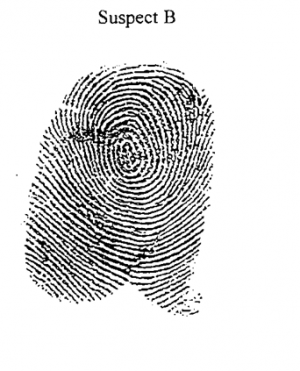Forensic Science Investigation
From OER in Education
Revision as of 13:54, 27 September 2012 by Caroline.jestaz (talk | contribs)
A who-dunnit circus of activities
Lesson idea. These five lab activities have an investigative slant in a ‘real world’ context and introduce:
- the science topic ’acids and bases’ by measuring the pH of soil found on a crime suspect’s shoe,
- the technique of chromatography, by comparing the ink from a pen at the crime scene with ink owned by a suspect - chromatography is used in work to distinguish between mixtures and compounds,
- human variation by comparing a suspect’s thumbprint with that found at the crime scene - fingerprinting has often been used as a starter, activity for discussing what we inherit from our parents,
- the topic ’acids and bases’ in an activity where pupils measure the acidity of household liquids and classify them accordingly.
Teaching approach. This lesson introduces inquiry(ta)-based learning through the topic of forensic science. It engages pupils in higher order(ta) reasoning(ta) solving a variety of forensic problems. (edit)
| Resource details | |
| Title | Forensic Science Investigation |
| Topic | |
| Teaching approach | |
| Learning Objectives |
|
| Format / structure | |
| Subject | |
| Age of students / grade | |
| Table of contents | |
| Additional Resources/material needed | |
| Useful information | |
| Related ORBIT Wiki Resources | |
| Other (e.g. time frame) | |
| Files and resources to view and download | Download the document here File:Forensic Science Investigation - SC0004.doc |
| Acknowledgement | |
| License | |


